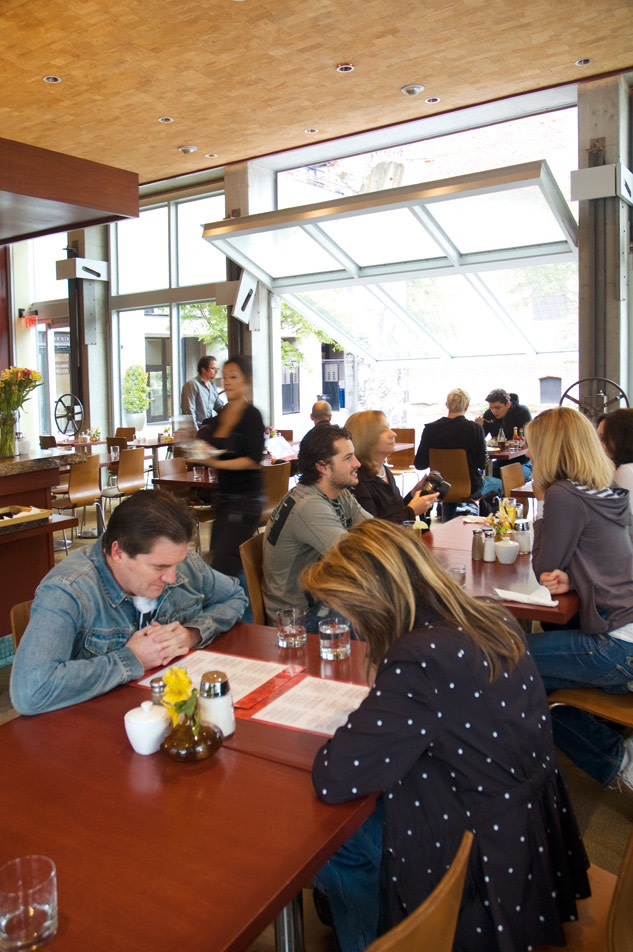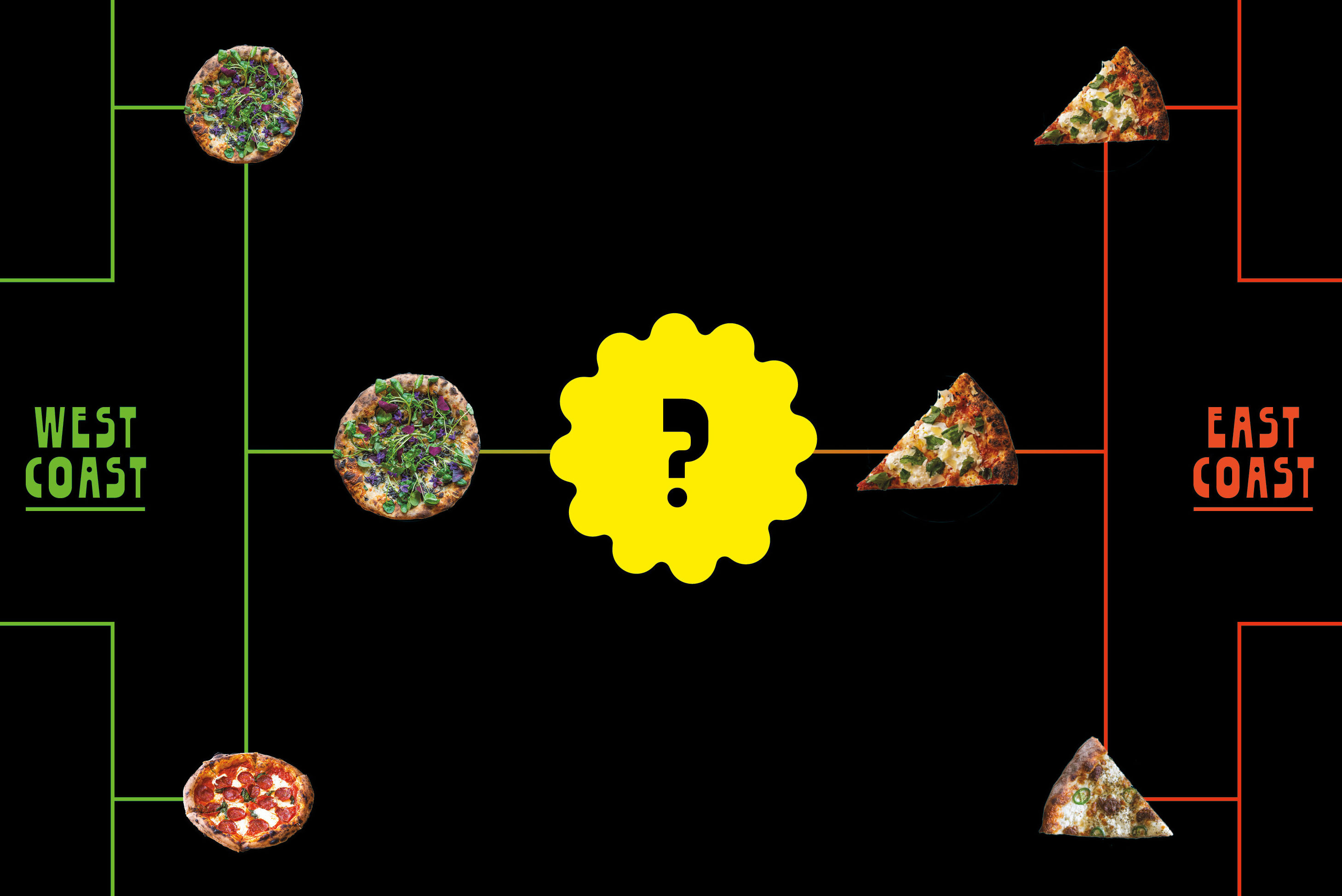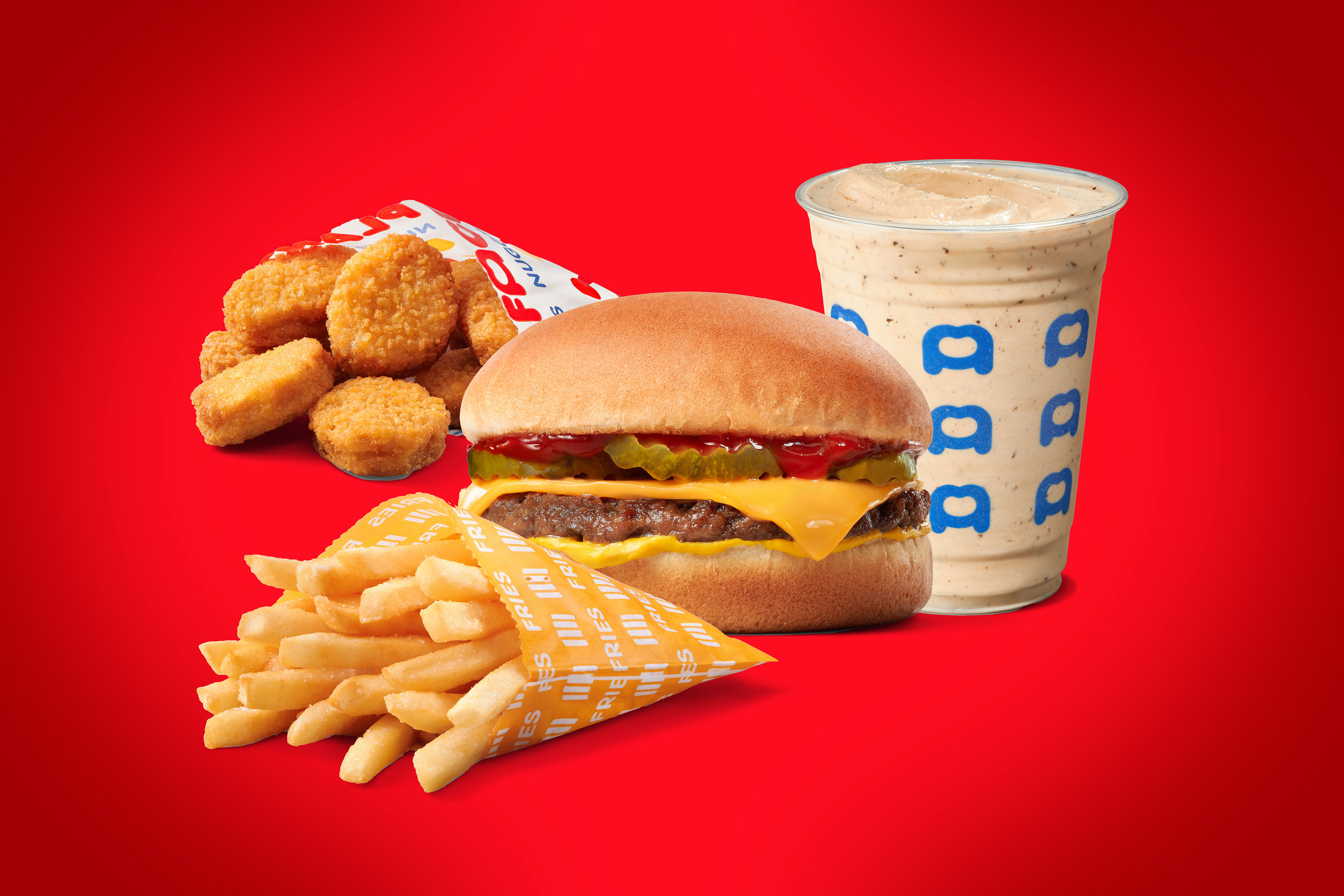Faulty Fusion

MY FATHER, a carpenter, cannot walk into a room without inspecting its lines and corners, the knobs on the cabinetry, or the finish of the hardwood floor. I enjoy watching the disappointed shake of his head when he discovers that someone has hammered a nail in wrong, or taken a particularly egregious shortcut. Once, upon walking into my apartment for the first time, he decided the closet doors weren’t square to the door frames and, within minutes, he had removed them from their hinges and trimmed off their bottoms.
Being a carpenter’s daughter, I also assess the way things are made (be it literally or metaphorically) as I move through the world. I was reminded of this the other day while at Isabel in the Pearl District. I’d eaten at the light-filled restaurant, owned by chef Isabel Cruz—who heads up three similar restaurants in San Diego and one in Ashland—a couple of times before. But I hadn’t been able to pin down what it was about its hybrid Asian-Californian-Latin cuisine and its atmosphere that left me not just dissatisfied, but downright irritated.
Some say they have their greatest realizations while sitting on the toilet; however, I’d never experienced such epiphanies before. But upon my third visit to Isabel, while taking care of business, I noticed a three-inch spot where the butter-yellow paint on the bathroom walls appeared to be peeling. On closer inspection, I realized that what was actually peeling was the wall itself: No one had bothered to plaster the drywall before painting it—something my father wouldn’t have taken lightly. As a consequence, the drywall’s paper casing had begun to peel.
That’s it, I thought. Shortcuts. That explained everything! It explained the cheap Ikea chairs. It explained the dingy carpet with brown rice kernels smashed into its fibers. It explained the servers’ lack of enthusiasm—though I’ll give them glowing credit for their expeditious service. And it explained the food, which was remarkable only for how underwhelming it was.
I will say that Isabel’s breakfast offerings were at times quite satisfying, albeit simple and unsurprising: A coconut French toast was light, fluffy, and rich; the restaurant’s various egg scrambles, from avocado to artichoke, were straightforward but flavorful.
But I didn’t consume one thing from the dinner menu that I wanted to eat again. One appetizer consisted of dry slices of fried plantains topped with unseasoned braised pork. Sour cream infused with bright green avocado had been squirted in a zigzag pattern on top. The lettuce-wrap starter—composed of large green leaves in which diners could wrap cubes of salty chicken that had been excessively doused with sesame-and-ginger-spiked soy sauce—was served with a goopy peanut sauce for dipping.
Of the selection of entrées, Isabel offers eight Big Bowls, most of dubious quality. The Imperial Bowl? Overcooked brown rice topped with an uncomplicated sauce of coconut milk, miso, and lemongrass. Oversteamed broccoli and carrots round out the less-than-thrilling affair. The Soul Bowl? A bizarrely bitter, dark “miso broth” with gummy udon noodles and grilled tofu.
There are other options to choose from, like the $19 grilled wild salmon with green beans and the $17 oven-roasted chicken. None of these items ever called out to me, but it was my duty to order them anyway. While each piece of protein was nicely cooked—moist and succulent—the flavors and accompaniments seemed to be calling out, “I’m bored! I’m bored!” from the plate.
This is the kind of food I cooked in restaurants in Eugene in the early 1990s—that era of healthy, California-style, “gourmet” fusion food, when tofu, rice, soy sauce, and salsa became en vogue. It may have worked for Cruz in 1991, when she opened her first restaurant, the now-defunct Mission Café in San Diego. And it still might have attracted customers a decade later, when she opened Dragonfly in Ashland. But today it’s an approach that doesn’t exactly light up the senses. That said, if you are going to continue down that well-trodden road, you’d better make sure you execute those dishes superbly. I’m not convinced the cooks at Isabel do.
In each of the entrées, I could taste the shortcuts. Had anyone bothered to think about how the strong soy-sesame sauce might interact with the delicate flavors of the tuna in the Ahi Bowl? Why was the miso broth so bitter? Had anyone bothered to test or taste the recipe recently?
And why would I want to pay $15 for a Carnitas Bowl of pork, rice, and beans? If you’re going to serve me shortcut food, don’t charge me an exorbitant price.
Which brings me back to the bathroom. As I reached for a paper towel, a piece of drywall fell to the ground. I placed it in my pocket. I thought about sending it to my dad for Father’s Day, but I decided to keep it. It will help remind me that my instincts are good. That I’m a carpenter’s daughter. That I know when things are made well, and when they’re not.




